The easy answer is yes – but if that was all there was to it, then this would be a VERY short article!




The easy answer is yes – but if that was all there was to it, then this would be a VERY short article!

Lets just take a quick re-cap of where we finished the 1st article and then pick things up and move on from there.

Firstly let me say that I like school dinners – well, not all options offered in school dinners ….pink custard I especially hate! But the great thing about being a teacher having school dinners is “you can’t be told to eat it.”

Is it possible to integrate older reading books into our class library and reading scheme or should we just be throwing them out?
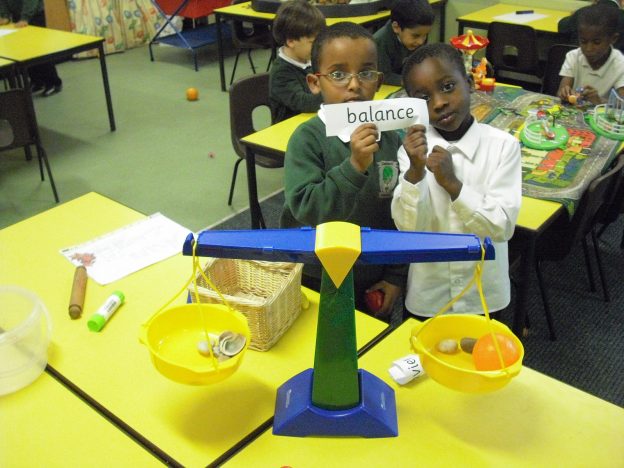
Well in actual fact I am often teaching 3 maths topics at one time – but before you ask, no there are no carousel arrangements, no smoke and mirrors and I don’t magically appear in hologram form at various points in the classroom!

I have to say I can’t write about this subject without a smile on my face – so don’t expect a scientific analysis in anything I write!

I visited a school a couple of weeks ago and they were obviously having a bit of a clear out – there was a skip at the side of the school full of rubbish and on top I was surprised to see some whiteboards…nothing wrong with them just surplus to requirements! I have to say I was tempted to ask for one!
With the almost total fitting of Smart boards of every type and brand in classrooms it seems that the days of the whiteboard are numbered – well they certainly were in this school! But is it really progress to get rid of them altogether or do they still have a place in our classrooms?
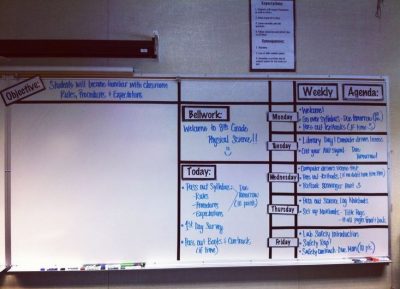
I like a whiteboard – there I have said it….no I really do, and I am not convinced that removing them from classrooms is a good thing. So let me explain my argument –
Now I am not saying that I dislike smart boards (for want of a generic name) – I understand their versatility and all the exciting options that they bring. But they do bring with them some disadvantages and limitations and I am never too sure about the health aspects of large TV screens being on all day! ( I have written about this in another article – linked below)
http://pp.distractweb.co.uk/2016/11/18/class-screens-what-do-we-see-in-them/
However lets consider some of the advantages of whiteboards and why I like having one in a classroom.
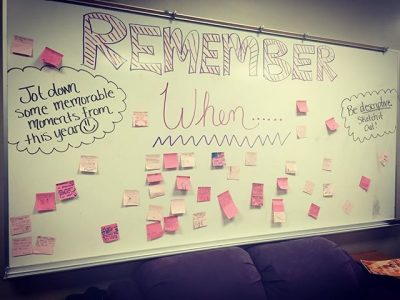

As you can no doubt tell by now, I like having a whiteboard in my classroom – I certainly always had a whiteboard in my HT’s office and I even have a whiteboard in my kitchen at home!
But in saying this about whiteboards does not mean I am not in favour of smart boards in classrooms. In fact quite the opposite. The inclusion of these type of boards brings with it new and exciting elements and experiences to the education of the children and allows teachers to use the vast array of resources available both from the internet and also specific to the technology itself.
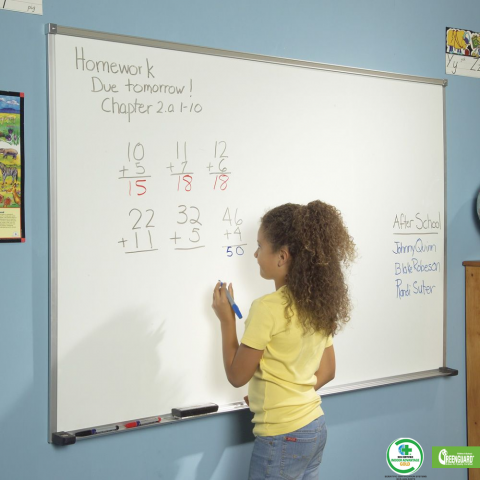
But and it’s a big but – in my opinion it is a mistake to replace whiteboards with the new smart boards. There is a definite place in the classroom for both these resources and it should not be a choice of one at the expense of the other.
Many schools are now starting to realise this and I know of 3 schools who have bought new whiteboards to replace those they had previously removed.

With a bit of careful planning and rearrangement both can be productively used in both extending and consolidating the classroom learning experience.


If you look at the National Curriculum you will see that it is divided very much into 2 parts.
If you look a little closer you will then notice that the curriculum guidance is VERY much slanted towards the Core subjects, to the point of approximately 70 pages for Maths and Literacy and 30 pages for Science. In contrast the Foundation subjects get 2 pages each!
This focus is similarly reflected in the fact that the SAT’s tests are in the subject areas of Maths and Literacy (and I anticipate Science will soon be included) – and schools being judged on their performance in these tests means that there is a concentration and focus on these areas that reaches manic proportions in some cases!
However, in schools, we are tasked with providing a “broad and balanced curriculum” for our pupils and that means the Foundation subjects are vital inclusions in school provision.
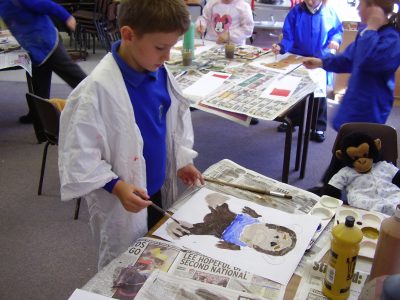
The priority for this is to timetable for a balanced curriculum. This may or may not be a priority for any school you may join but it ensures that each subject gets an allocated amount of teaching time across the taught terms and academic year. Without this; subjects can either be omitted altogether by staff or get a passing nod in the timetable.
OFSTED having noticed the “over focussing” by some schools on the core subjects and are now looking in detail at the foundation subjects when they visit. This is starting to cause some concern in schools as both class teachers and subject coordinators have in some cases let things slide!
The Foundation subjects:
As with any subject there are 3 things you need to know and do…
This is a broad overview but it forms the basis for any subject whether core or foundation.
The 1st and the 3rd are practical things that you should be doing – what do I need to teach and how do I teach it are the basics of planning at all 3 levels (long / medium and short term). The 3rd is what do I practically do to assist children who have not made sufficient progress or understanding?
But it is the 2nd that is the CRUCIAL one in these 3 and it is on this that many teachers fall down.
Lets take a look at how many foundation subjects are assessed (if at all?)
Foundation subjects can be split into 2 broad groups:-
You can see there are more practical based subject areas than academic – yet all these subjects need to have assessment to meet the 3 criteria we listed earlier.
It is not enough to just teach these subjects – we need to know how the pupils have achieved and also what may be required if we decide to put in learning support. In order to be able to do this we need to assess ….yet how can this be done and what do we need to record?
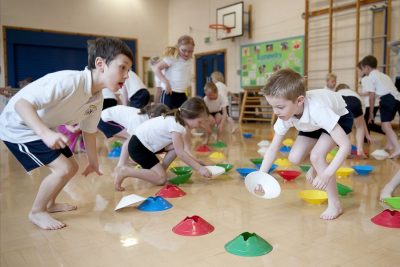
You need to have some form of record keeping system: I will go into more detail about this in the 2nd article but think about being asked this sort of question….
” Last term I see that you did some Music work about the great fire of London – how did this go? What was the main core learning aspect and how did the children achieve. What was the area of learning that they found most challenging and what did you do about it?”
Or
” In your Geography focus this term how did the children achieve in their climate work? Were there any aspects that they really couldn’t understand…what were they and how did you identify these areas?”
These sort of questions are not too difficult to answer if you have had in place an assessment procedure and schedule for the subjects. However if you do not have this in place then you are trying to answer from memory and your answers could be vague without any records or paperwork to substantiate your statements.
I hope that this has outlined why we need to have assessment in the Foundation subjects and in the next article I will talk about the very basics of planning and assessment based on pupil achievement.
If you have any questions then please feel free to ask.
Charles

In common with all the Foundation subjects Computing has 2 pages within the National Curriculum.

Do you use a carpet sitting area in your classroom – do you physically have the space to create one and are they really worth having?